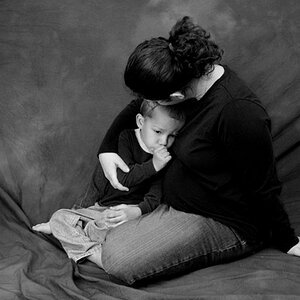avilamillar
TPF Noob!
- Joined
- Jan 1, 2009
- Messages
- 194
- Reaction score
- 0
- Location
- Cambridge, MN
- Can others edit my Photos
- Photos OK to edit
Hi, i have just won an auction on ebay (60 dlls) for this lens and i was wondering whats the function of the M2 adapter?
I have a Nikon D60, do you think that lens will perform better with the PK-13 extension tube? or even better with the PK 13,12 and 11 together?
Thanks
I have a Nikon D60, do you think that lens will perform better with the PK-13 extension tube? or even better with the PK 13,12 and 11 together?
Thanks













